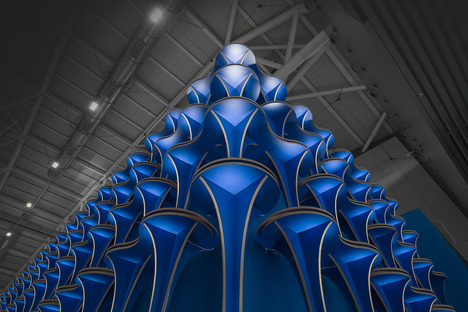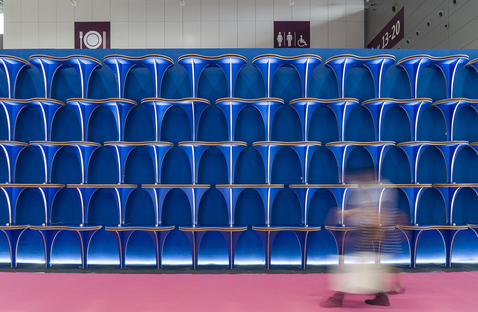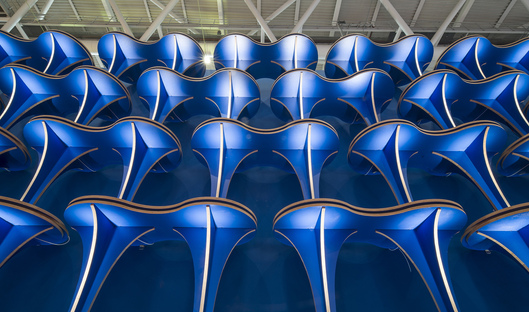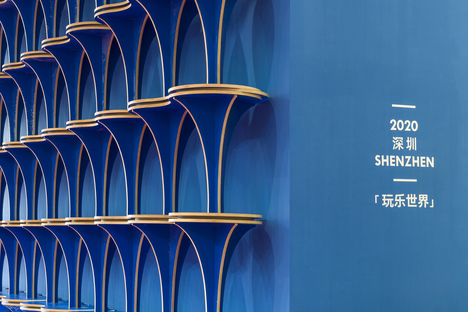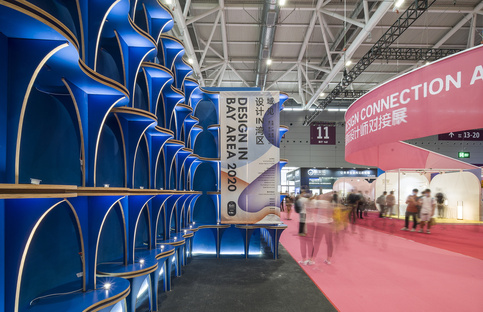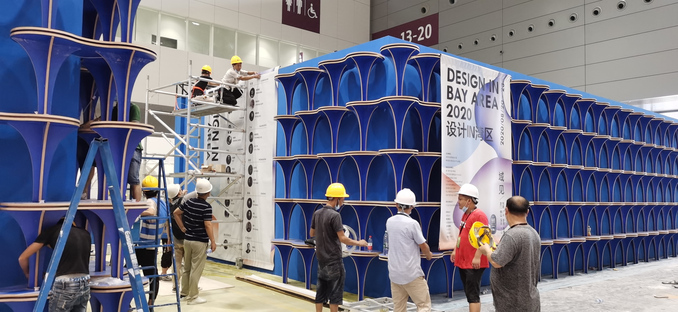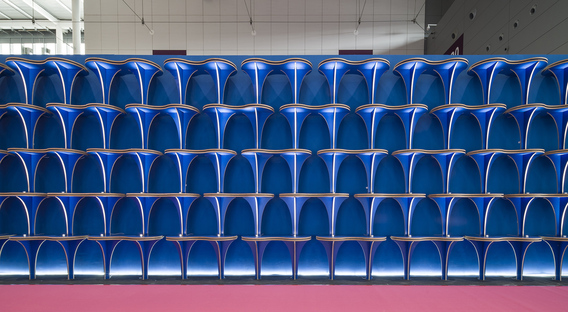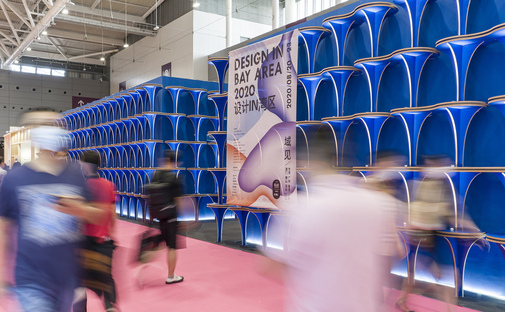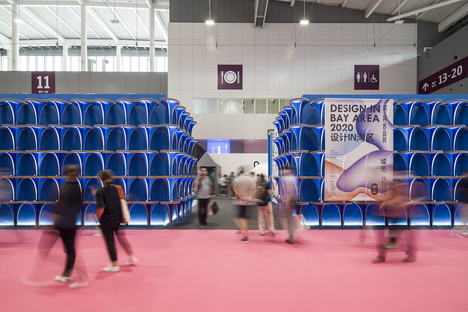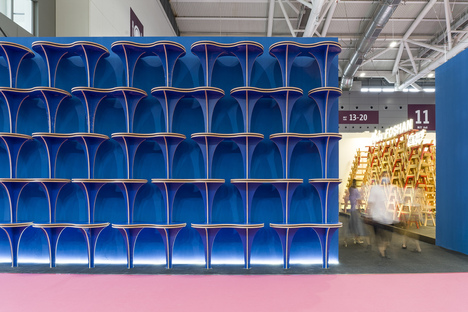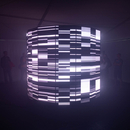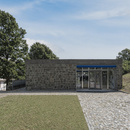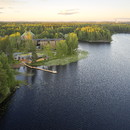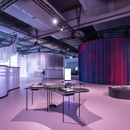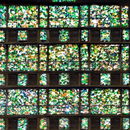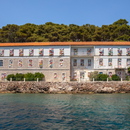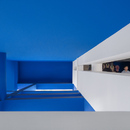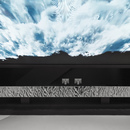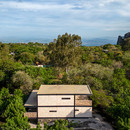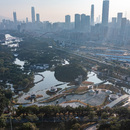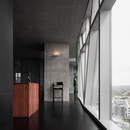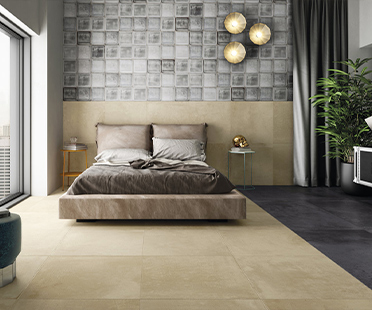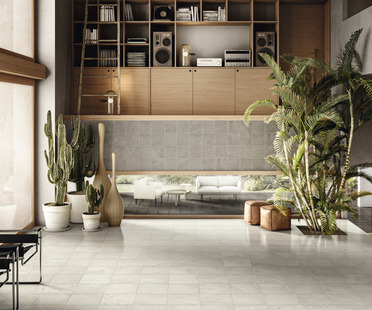02-03-2021
Circular economy and design: a pavilion by Various Associates
Yongmao Li, Zebing Li,
- Blog
- Sustainable Architecture
- Circular economy and design: a pavilion by Various Associates
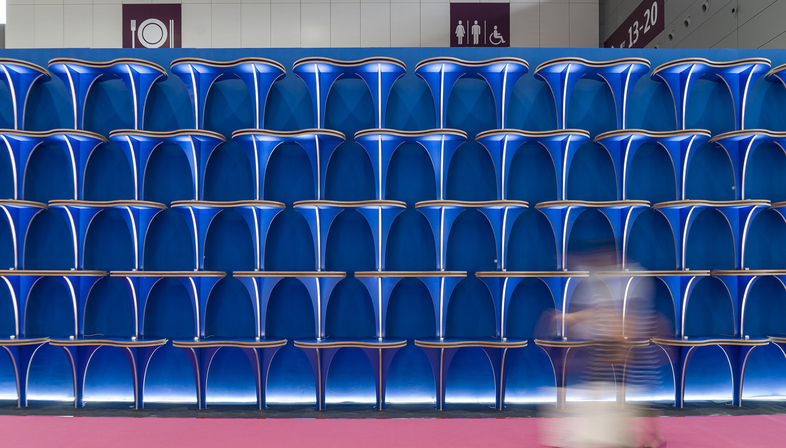 DESIGN IN BAY AREA is a major design event in the Greater Bay Area, of which Shenzhen is the most famous metropolis. It is co-organised by various design institutes in the region and co-curated by 21 designers from 8 cities located in the area.
DESIGN IN BAY AREA is a major design event in the Greater Bay Area, of which Shenzhen is the most famous metropolis. It is co-organised by various design institutes in the region and co-curated by 21 designers from 8 cities located in the area.In view of Shenzhen’s eminent role in the area, the pavilion designed by Various Associates was equally important, with its message geared towards sustainability and recycling. This is an especially fundamental issue in the trade fairs and exhibitions sector, where installations tend to be very short-lived yet, at the same time, resource-intensive. This consideration prompted the designers at Various Associates to adopt recycled materials and a modular construction method to minimise not only waste, but also the construction time required, as these modular units allowed for quick assembly and disassembly on site and were easy to transport and store.
The design team opted to use panels made of plastic and scrap wood to create the structure. In light of the fact that the furniture industry is one of the major businesses in Shenzhen, the designers transformed each modular unit into a charming piece of furniture which can be combined in various ways, leaving plenty of room for creativity. The designers explained their vision of the project thusly: "We hope to break the singular function of products. For instance, desk is a simple and common object in our daily life, but it can also be turned into wall, space or architecture rather than being restricted to its inherent function. We want to show the public more fun and imagination, and allow them to easily perceive the charm of design".
When designing the modules that make up the pavilion, the design team drew inspiration from the mortise and tenon joints typically used in the construction of wooden furniture, as well as how it is usually assembled. At the same time, they wished to incorporate the flowing shape of the ocean’s waves as a reference to the city’s geographical location. The result was the shape of the modular units, which were dubbed “Waves”.
The exhibition space presents itself as a place of great flexibility, allowing it to adapt to a range of requirements without ever compromising on the usability of the rooms and internal circulation. But what truly thrilled us about this project - aside from the bright blue colour theme - is its actual sustainability. Because with its keen focus on reducing pollution, protecting the environment and reusing materials, Various Associates entrusted the organiser and the company dismantling the structure with recycling the modules after the exhibition, sending them on to their next destination, namely a school project that they are working on.
And so, these “Waves” will take on a new lease of life as they are used for modular assembly in teaching activities at an art school, being transformed into installations, tables and chairs. A truly creative project that wholeheartedly engages with the idea of the circular economy!
Christiane Bürklein
Design team: Various Associates
Project leader: Qianyi Lin
Designer team: Dongzi Yang, Zebing Li, Zhichao Lin Client: Shenzhen Institute of Interior Design
Location: Shenzhen World Exhibition & Convention Center
Year: August 2020
Photographs: Zebing Li, Yongmao Li










